This Article examines the ways that contemporary creativity challenges copyright’s fixation requirement. In this Article, we identify concrete problems with the fixation requirement, both practically and in light of the fundamental purpose and policy behind copyright law, and argue for a change that would amend the fixation requirement to better function in the modern era.
Specifically, we conclude that a fair appraisal of the justifications for the fixation requirement provides little, if any, rationale for fixation except to the extent that fixation helps to separate idea from expression in determining the “metes and bounds” of creative expression. Recent case law analyzing the transitory works exclusion in particular demonstrates that this component of the fixation requirement has become an ineffective demarcation of what it means to fix a work in the modern era and provides little guidance for statutory interpretation. We reason that dropping the transitory duration exclusion for copyrightability would enable fixation to serve its essential purpose while not discriminating against important strains of contemporary creativity. Furthermore, removing the transitory works exclusion would better equip copyright law to reflect the purposes of the Intellectual Property Clause in the U.S. Constitution. Despite these considerations, if dropping the exclusion for transitory works is not practically feasible, we argue that it is nevertheless desirable to allow a flexible interpretation of statutory language in light of the purposes of copyright and allow transitory works to come into a safe harbor from the general fixation requirement for copyrightability under the aegis of the Visual Artists Rights Act.

